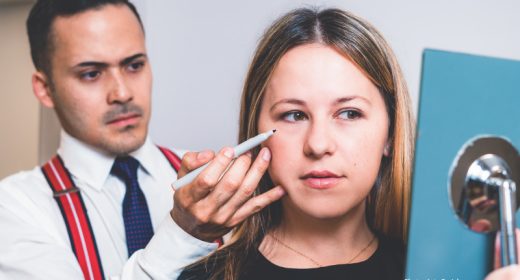
Surf Science – What Makes a Good Surf Spot
- AUG 03, 2017Warning: count(): Parameter must be an array or an object that implements Countable in /home/howlermag/public_html/old/wp-content/themes/new-paper/includes/general.php on line 193

Your Lead Paragrpah goes here
[vc_row full_width=”full_width”][vc_column][vc_column_text]About the Photo: Author, Ryan Waldron, snagging a inside double-up at Playa Negra
Our focus on what makes a good surf spot continues from last month, when we highlighted the characteristics of swell window, beach break and point break. This time, we look at three other reasons why a particular surf spot may be popular.
[/vc_column_text][/vc_column][/vc_row][vc_row full_width=”full_width”][vc_column width=”1/2″][vc_column_text]Reef break – Mostly reserved for advanced surfers, reef breaks are powerful surf spots that receive the brunt of open ocean swells. From deep water to shallow water almost instantaneously, reef break waves will conserve most of their energy traveling towards the coast, and then release it at once upon the reef. If you are an experienced surfer who’s not afraid of taking a few bounces off the bottom, Playa Negra is a popular reef break in the area. Quick word for the wise: mind your manners out there or you might not be welcomed back.
River Mouth – Tamarindo is a prime example of a proper river mouth wave. The meandering estuary separating Tamarindo from Playa Grande deposits sand right in front of Witch’s Rock Surf Camp, creating fun, sand-bottomed waves with consistent form. Because the river mouth is meandering (like the slithering of a snake) the sandbars and surf zones will constantly be changing from one season to the next. Depending on the season, rivermouth waves can range from mushy peelers to sand-spitting barrels. Anyone remember a few years ago when the estuary right-hander was world class?[/vc_column_text][/vc_column][vc_column width=”1/2″][vc_gallery type=”image_grid” images=”3319″ img_size=”full”][vc_column_text]Tamarindo River Mouth by Tamarindo Dave
[/vc_column_text][/vc_column][/vc_row][vc_row full_width=”full_width”][vc_column width=”1/2″][vc_gallery type=”image_grid” images=”3321″ img_size=”full”][vc_column_text]El Hoyo Wedge[/vc_column_text][/vc_column][vc_column width=”1/2″][vc_column_text]Wedge – The power of two waves is greater than one. A true wedge wave is fast, powerful, and also a bit dangerous. Just as the name suggests, a wedge is when two waves collide at the perfect angle to create one “juiced up” wave. This effect is normally caused by a manmade jetty or a natural rock-pile within the surf zone to rebound the waves. Surfing a wedge can be tricky, but if you find yourself in the magic pocket where the two waves combine, get ready for a human slingshot! El Hoyo in Caldera is a prime example of a real wedge.[/vc_column_text][/vc_column][/vc_row][vc_row full_width=”full_width”][vc_column][vc_column_text]We might not be geographers, but we sure are witty when it comes to detailing surf spots. Overall, surfers are looking for two things in a good surf spot: powerful waves with good shape. So familiarize yourself with your local spots, carefully read the swell charts, and know when to pull the trigger for your next score-fest!
See you out in the water!
[/vc_column_text][/vc_column][/vc_row]









